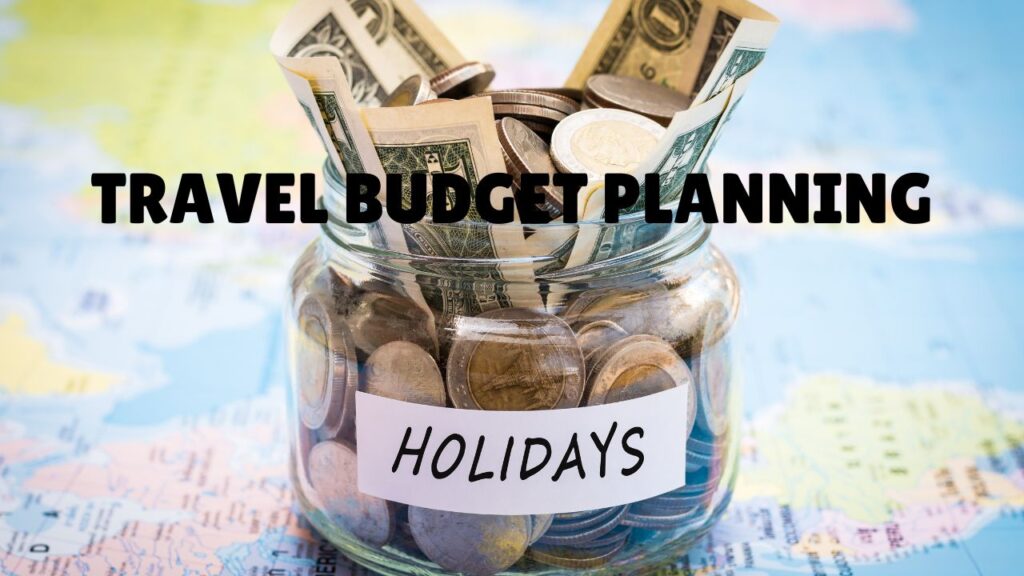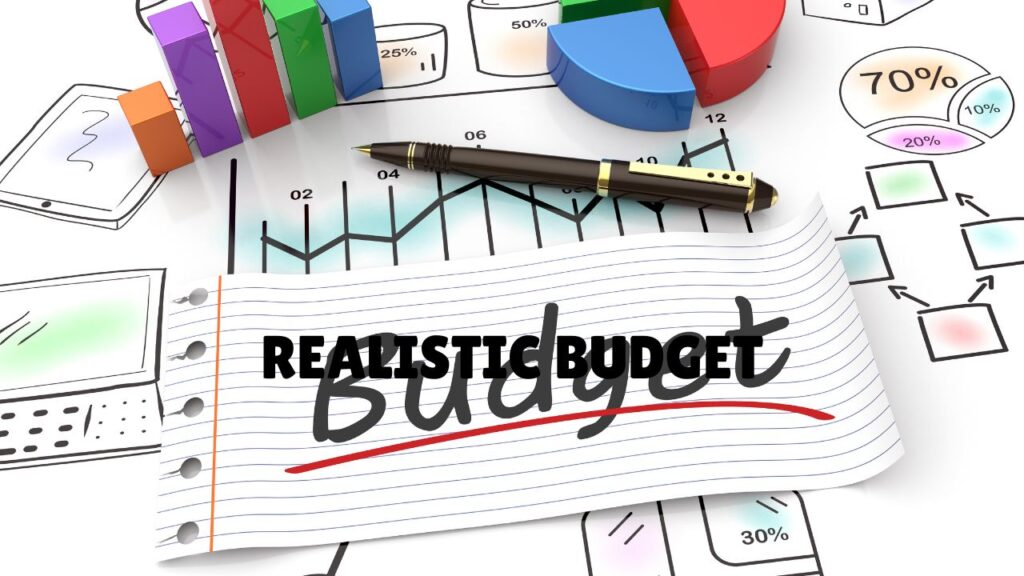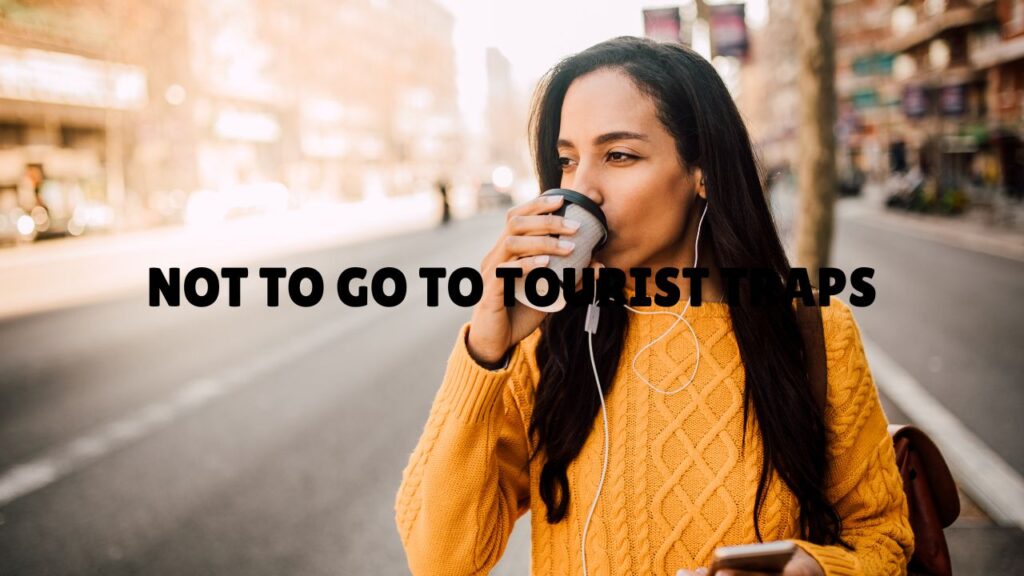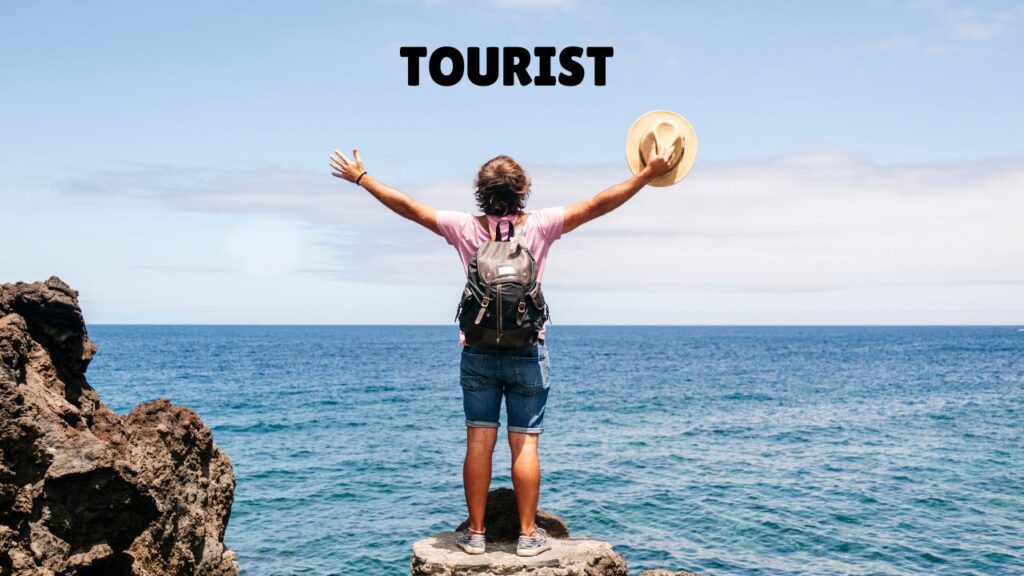Table of Contents
Introduction
10 Travel Budgeting Tips: How to Enjoy More with Less Spending: Traveling is one of the most wonderful pleasures of life, but it can easily turn into a financial headache if you do not plan your budget effectively.
I still remember how great my first trip abroad was, filled with excitement and dreams of adventure. But I learned the hard way that if you are not working with a well-thought-out budget, that dream will very quickly change into fiscal stress.
In fact, studies show that nearly 50% of travelers actually go over budget in the course of their journeys, leaving them to try finding money to cover unexpected expenses.
Effective budgeting is the way in which one can be sure to enjoy the journey well without being overly concerned about breaking the bank.
You want to hit that sweet spot: new place, delicious food, fun activities-keep it all in perspective with your money.
In releasing your budget, you’re not just counting pennies; you’re making choices that enhance your experience.
By knowing where your money’s going, you’ll be splurging a little on that fancy dinner or that must-see attraction, and you won’t feel quite so guilty later.
10 Travel Budget Planning Tips To Enjoy More While Spending Less: Lets Check

1. Set a Realistic Budget

In a nutshell, setting a realistic budget is the cornerstone of any successful travel plan. Before you get into the fantasizing of framing your itinerary, take some time to figure out approximately how much you can really spend.
While it’s tempting to dream big and picture that lavish getaway, grounding these dreams in reality will make the whole experience.
First is the total travel budget that will cover your transportation, food, and activities. Start by assessing your finances, considering how much you can afford to set aside without straining yourself too much.
Be it saving for a couple of months or cobbling together savings and discretionary spending, having that number in your head will be a good guide.
For example, during my last trip, I wanted to know precisely how much money would be enough for the entire journey: flights, accommodations, and daily expenses.
Having that amount nailed was a good thing. It was easier once I knew how much money I had in my budget to make choices tuned with my financial goals.
After you have determined the overall budget, it is time to categorize. This is an important step in ensuring that no cost has been left out.
Transportation: Start with your means of traveling to and from the place. Consider flights, trains, buses, or even car rentals. When possible, search for deals and be flexible with your day of travel; that can save you a bundle.
When I went to Europe, booking my flights a few months in advance got me such a good deal that it freed up room in my budget to spend on other experiences.
Read More2. Research Destinations

Budget travel starts with homework. Comparing prices, finding the hidden gems, saving for an even better experience-all of these come with researching your destinations.
Next is a helpful explanation of how you can effectively research your travel options to enjoy more for less.
One of the first things you want to do in your research is to compare the costs of traveling to different destinations. Whereas a given place may look very attractive, the costs are dramatically different from one place to another.
For instance, a vacation in Southeast Asia could be a fraction of what you might spend in Western Europe.
Do take your time to research what the average costs of housing, food, circulation, and events are in different cities or countries. Websites and travel blogs can give you good tips and comparisons.
I once had to choose between two places for a summer outing: one was full of tourists, hence fairly compensatory, and the other was a quiet spot with breathtaking views and affordable options.
Ultimately, I decided for the quieter destination and found a moment of experiences right within my budget.
Another key component of your research should entail what time of the year is the best to visit each location.
You might save yourself a lot of cash and even make the trip a lot more pleasant while traveling in the off-season.
Places of interest during peak time will be crowded and expensive, whereas traveling in shoulder seasons or low seasons means fewer crowds and better prices.
I remember visiting this great beach resort early in May. The weather was warm but the crowds had not yet started arriving for their summer vacation.
As a result, I could find some pretty good accommodation bargains and even some well-deserved peace and quiet by the sea.
3. Be Flexible with Dates of Journey

One of the best ways to save money while traveling is by being flexible with your date of travel. Many travelers overlook this simple tip, but a little flexibility can lead to oodles of savings and even enhance your travel experience.
Let’s think over how adjusting one’s schedule can make a big difference in one’s travel budget.
First, when you plan your trip, make sure to use fare-comparison tools such as Google Flights, Skyscanner, or Kayak. These will allow you to graph a range of prices for different airlines and different dates.
On these platforms, it’s super easy to find the best deals. I was once planning to make a trip to New York City and realized that flying midweek instead of a weekend saved me practically $150 in flight.
And, really, who wouldn’t want an extra buck or two to catch a Broadway show or dine at that fancy restaurant?
Also, when you search for flights, consider using the “flexible dates” option: this shows prices for a range of dates around your desired travel period.
Sometimes, shifting your departure or return by one or two days can make all the difference. Flying at off-peak times often means less crowded airports and a more relaxed journey, too.
Travel during the middle of the week, if possible. Many travelers make flights on Fridays and Sundays, increasing the cost of tickets.
You are more likely to find cheaper options by traveling on Tuesday or Wednesday. In fact, this may save you money and even allow you to enjoy quieter attractions with shorter queues.
A good example is that this summer, flying out of Cancun on a Tuesday instead of over a weekend saved me hundreds. Plus, arriving a bit earlier in the week allowed me to get settled and explore the area at my speed, not according to some tourist handbook.
I got to see popular spots with less of the usual tourist herds, which made it much more enjoyable.
4. Use Rewards and Loyalty Programs

Utilize rewards and loyalty programs to give yourself a strong bump in your travel budget.
Most of those programs are chock-full of great perks that will save you cash, which also allows you to enjoy more in your travel.
Many airlines offer frequent flyer miles, which can redeem flights or an upgrade. Most hotel chains also give you points per stay that can be used for free nights or special deals.
On my last trip, I signed up with an airline’s rewards program just before booking my flight. I accumulated enough points to get a free checked bag, saving me some cash in the end.
Also, do not forget about the credit card points. If you have a travel rewards credit card, then use it on everyday purchases to gather up those points.
Some cards even give bonus points for travel-related expenses, which means you save even more on your trips.
I have been in such a setting where using the points has helped me book hotel stays that have made huge differences in the overall cost of my travels.
5. Plan Accommodations Wisely

The kind of accommodation you choose greatly affects your travel budget and, overall, your travel experience.
Once you know where to find them, comfortable places to stay are available with a little planning-without having to break your wallet.
You might opt for more private vacation rentals, with offers such as Airbnb highly including homely feelings away from home, which in turn might even give kitchen facilities to save on meals.
On my last trip, I found a quaint apartment; not only was this cheaper than a hotel, but we were able to cook our breakfasts, therefore saving money for lunch and dinner excursions.
House swapping is yet another option for something bit out of the ordinary. If you have a place of your own, you can simply swap homes with someone at your destination and be rid of accommodation costs altogether.
Location is everything when it comes to where you choose to stay. Find a place within walking distance or near public transportation to save a bundle on travel costs.
One time, I stayed in a neighborhood, pretty far from tourist action; it was just a short subway ride to the main sights. Besides greatly reducing the cost of my transportation, it allowed me to see more of the local life with greater authenticity.
6. Set Daily Limit

Try setting a daily limit so you can stay within budget but allow for spontaneity.
By putting a cap on how much you’ll spend each day, you’ll be able to actually enjoy your vacation rather than stressing that you are overspending.
Start by dividing your total budget by your number of travel days. This gives you a clear idea of daily expenditure on food, activities, and souvenirs.
For example, with an overall budget of $1,500 for a week-long trip, it would approximately translate into spending around $214 per day. Knowing this figure helps you in making informed choices throughout your travel.
To make this even easier, look into using budgeting apps for real-time tracking. Apps like Mint or Travel Mapper allow you to log your spending throughout the day and see how much you have left to spend that day.
I have found it very helpful on my last trip because, right after a meal or some activity, I could easily check where spending stood. It kept me in check and ensured I stayed within my budget.
7. Eat like locals

One of the best ways to really stretch that travel budget and reach into the local culture is by dining like locals.
It need not put a dent in your wallet, and most often, the best food is well away from any potential tourist traps.
The reason for this is that street food is usually cheap, delicious, and gives you a real taste of the place. From food trucks to market stalls, these food vendors skillfully serve up authentic dishes reflective of local flavors.
On my last trip to Thailand, I dove head-first right into a night market and tasted everything from spicy noodles to freshly grilled skewers. But it was a foodie excursion, if not tiny prices compared to what I’d have paid in a restaurant.
Consider cooking some of your meals if you are booked into accommodations that offer access to a kitchen. Not only will you save money by shopping at the local markets, but you also get to find fresh ingredients and unique products.
On one such trip to Italy, my family and I hied off to buy fresh pasta and vegetables from the city, making dinner a fun, collective affair. Not only was dinner memorable, but it also stayed within the budget.
8. Focus on free or reasonably inexpensive activities

When traveling to a new destination, it’s just so easy to get caught up in the excitement of paid attractions and activities. However, some of the best things to experience often come gratis or low cost.
That said, prioritizing these options is going to go along way toward allowing you to stretch the budget while still having a great time.
Do some research before you leave on free attractions and events at your destination. Many cities have free walking tours, public parks, or art galleries that won’t cost a single dime.
On my last trip to a busy city, I happened upon a free outdoor concert in the park. As it would turn out, that would be one of the highlights of my visit: live music and locals, absolutely free.
Other awesome replacements for costly activities include checking out any community festivals or local markets around the area. Most festivals and fairs in town are about local culture, food, and/or crafts.
I once went to a farmers’ market where local produce and handmade products were available, even for tasting.
It was so much fun being amidst the local culture without the need to spend too much money.
9. Using Public Transport

Smart money-saving ways while traveling include the use of public transport. The travel option has often proved to be cheaper as compared to using taxis or rideshares, but above all, it gives one a real taste of the local life.
First, research any public transportation options your destination might offer. Many cities have comprehensive systems for buses and trains that can take you to or near just about anywhere you’d need to go.
For example, on my recent trip to Japan, I used its train system to jump from city to city.
Not only was it efficient in getting me from point A to point B, but it saved me a lot of money compared to renting cars or taking cabs. The trains were also clean and comfortable.
If it’s a good-weather day, consider renting a bike or using shared bikes. It is such a great way to see the city at your own rhythm and with a little bit of healthy exercise.
I remember just cruising along the embankment on a rented bike, breathing in delicious air, and finding some treasures that, otherwise, could have gone overlooked.
Before you leave, do some research and compare your options in public transportation. Many cities offer some kind of travel pass that enables you to take unlimited rides for a certain period, which often will be a good deal if you plan to explore quite a bit.
On my last adventure, I bought a multi-day pass that allowed me unlimited access to buses and trams, making it easy to get around without individual fares to fuss with.
10. Not to Go to Tourist Traps

It’s so easy to be sucked in by the appeal those bright, flashy, often very pricey attractions when traveling-known under the term ‘tourist traps’. Of course, they may seem dazzling, yet avoiding them helps one not only experience authenticity in more significant portions but also stay within their budget.
Do some research beforehand, while discovering esoteric real treasures appreciated by locals, not simple popular tourist spots. Blogs, travel forums, social media can be good at highlighting more obscure attractions that provide good value.
Not only was the food exquisite, but it had a lively atmosphere, far removed from the crowded overpriced cafes nearby around the Eiffel Tower as I came upon a little local market in visiting Paris.
On the ground, don’t be afraid to ask locals, too. They often know the best places to go for everything from food to scenic views at a third of the tourist prices.
I recall asking a friendly barista in a small café about things to do and he let me know about a nearby park where locals had picnics and to which it was easy to access music. It was one of those highlights on my trip, and I wouldn’t have found it without that insider tip.
Conclusion

10 Travel Budget Planning Tips To Enjoy More While Spending Less: It doesn’t always have to break the bank to travel. Set a realistic budget, use reward programs wisely, and avoid tourist traps. You can have a heady experience without blowing money.
Most of the best adventures lie just off the beaten path, waiting for a someone like you to find them. So grab your bags and prepare yourself for an unforgettable journey-your wallet will thank you.



